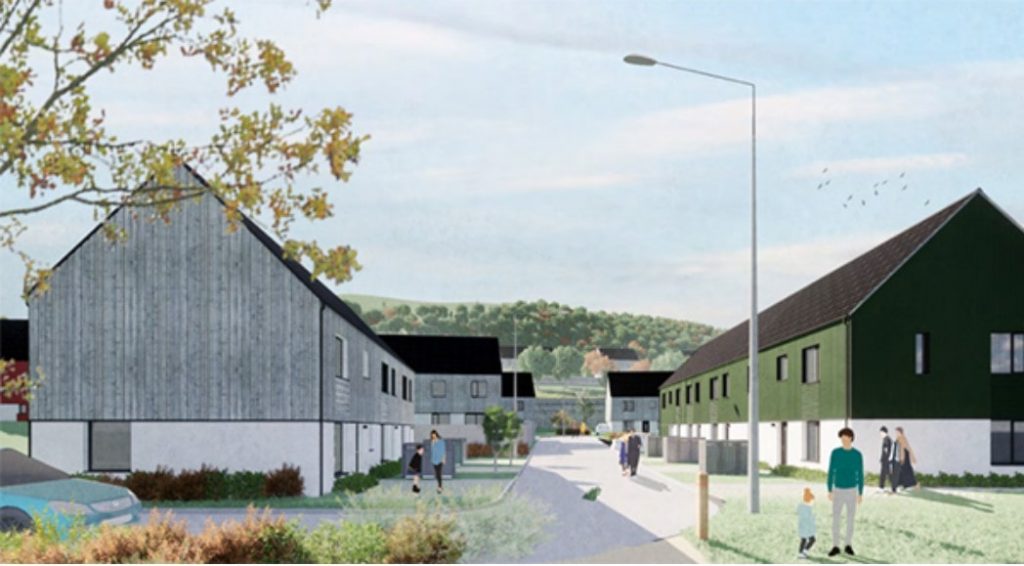News - Construction News
Social housing expected to grow after Brexit
30 Jan 20

According to recent construction market analysis by Glenigan, the amount of social housing planning applications increased considerably in 2019 despite the political and economic turmoil which plagued the year, especially in December with the Snap General Election.
Specifically, Glenigan’s market research has found that there was a 14 per cent increase in the number of applications to construct social housing in 2019, when compared with 2018, and the number of housing units that were being applied for was actually 18 per cent higher than 2018.
One case study, which can be taken from this data, is in the form of the registered social landlord (RSL) which submitted the highest number of applications for social housing in 2019 which was Notting Hill Genesis, who plan to deliver approximately 2,000 social houses to North London through their Grahame Park Estate in Colindale.
Another significant example of social housing providers defying the crippling affects of political turmoil came in the form of the Turnhouse Road Development in Edinburgh which is being undertaken by the Dunedin Canmore Housing Association and West Craigs to provide around 1,400 social homes.
Furthermore, the majority of high-profile social housing projects appear to be located in London and the South East, with key examples including the Aylesbury Estate at Southwark in South London and the Egham Gateway Development in Surrey.
Despite some closure being provided in the world of British politics from the General Election result, there still remains a shadow of uncertainty surrounding Brexit, however social housing is one of the few sectors which are predicted to continue to grow in the aftermath of Brexit.
The Economics Director at Glenigan, Allan Wilén stated: “Housing associations are now better placed to finance and take forward new developments. Government requirements limiting association’s rent increases to 1 per cent below the rate of inflation are ending. This will provide associations with greater flexibility to increase their borrowing to fund new developments.”
If you would like to read more articles like this then please click here.
More News
- I&G to build new Rob Burrow Centre for Motor Neurone Disease
18 Apr 24
I&G has been appointed to build the new Rob Burrow Centre for Motor Neurone Disease
- Glasgow Ship Build Hall progress
17 Apr 24
Turner & Townsend has been appointed as the New Engineering Contract Project Manager to support
- Construction vehicles set for hydrogen-powered revolution
16 Apr 24
Tractors, diggers and forklifts powered by hydrogen will help building sites go greener under government
-
-
Latest News
- I&G to build new Rob Burrow Centre for Motor Neurone Disease
18 Apr 24
I&G has been appointed to build the new Rob Burrow Centre for Motor Neurone Disease
- Glasgow Ship Build Hall progress
17 Apr 24
Turner & Townsend has been appointed as the New Engineering Contract Project Manager to support
- Construction vehicles set for hydrogen-powered revolution
16 Apr 24
Tractors, diggers and forklifts powered by hydrogen will help building sites go greener under government
- Why Modular Construction in the Commercial Sector Stacks Up
15 Apr 24
Richard Hipkiss, Development Director of the MPBA, considers why the outlook in mature commercial markets
- BCIS forecasts building costs to rise 15% in five years
12 Apr 24
Building costs will increase by 15% over the next five years.
- Planning application submitted for major new government hub in Darlington
11 Apr 24
The Government Property Agency (GPA) has submitted a planning application to Darlington Borough Council to
-
-






